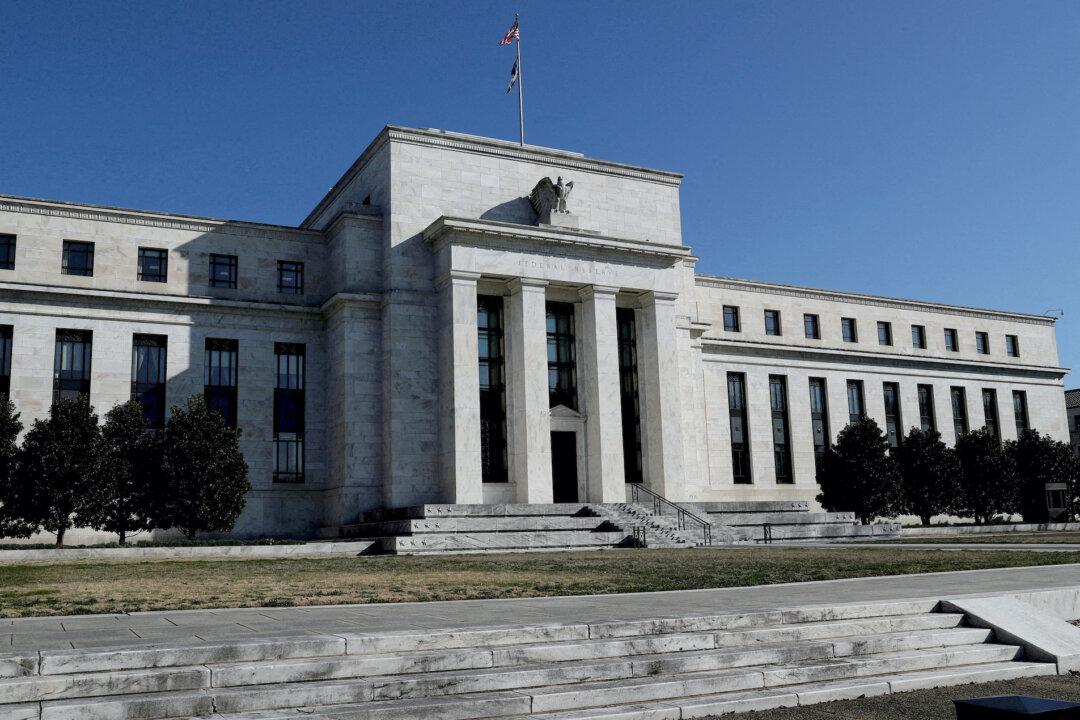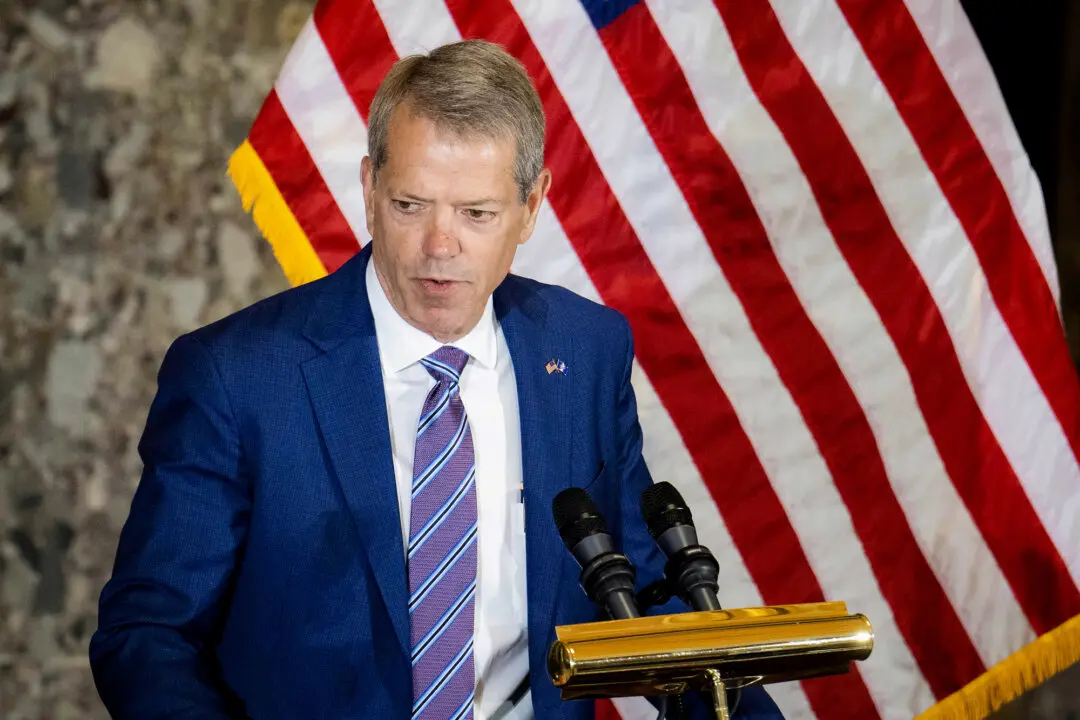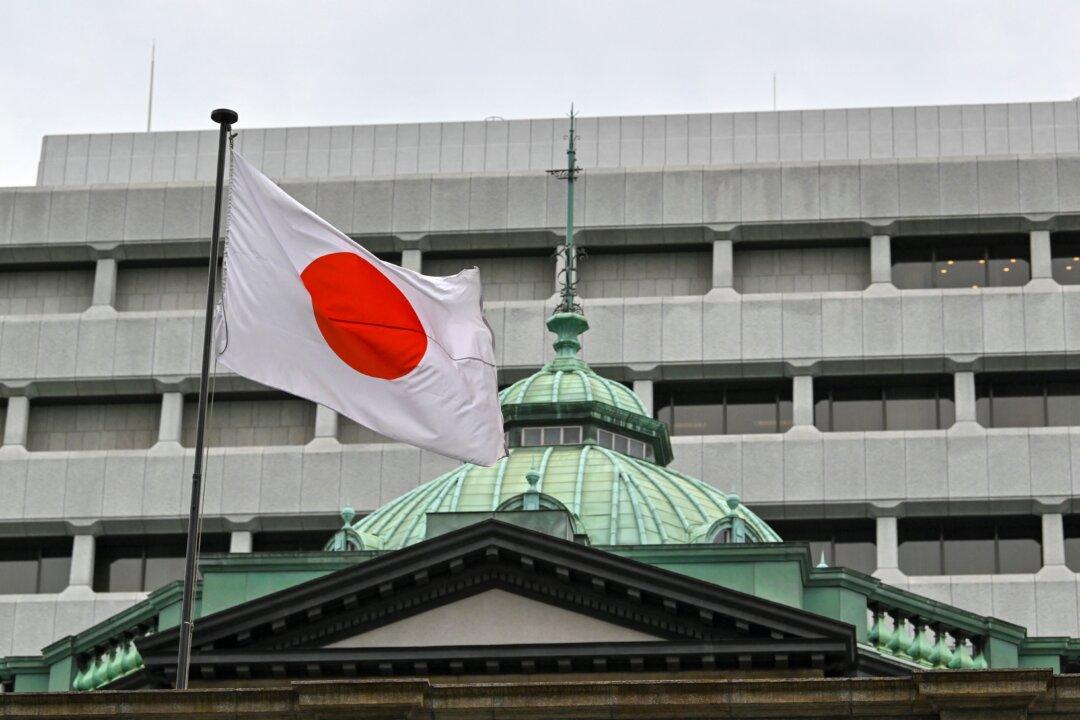Two senators have proposed a bipartisan bill to curb big banks’ presence on the boards of regional Federal Reserve banks in a bid to eliminate conflicts of interest and bolster central bank accountability.
“I’ve got an idea–a bipartisan idea–that I’m introducing with Senator Rick Scott today: get the big bankers off the Reserve Banks boards of directors,” Sen. Elizabeth Warren (D-Mass.) said during a Wednesday hearing of the Senate Banking, Housing, and Urban Affairs Committee.





